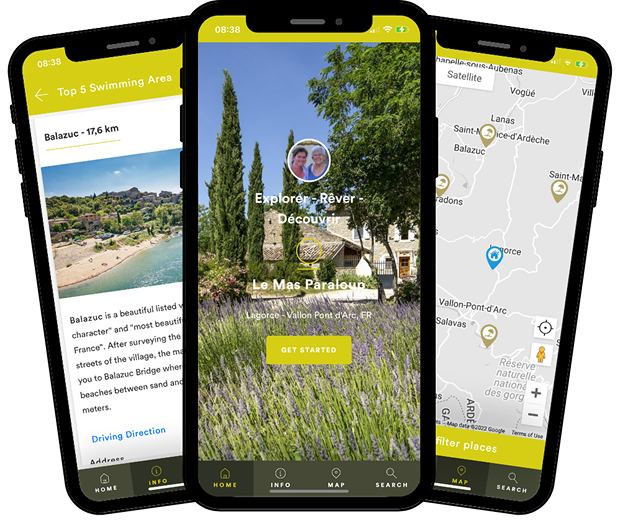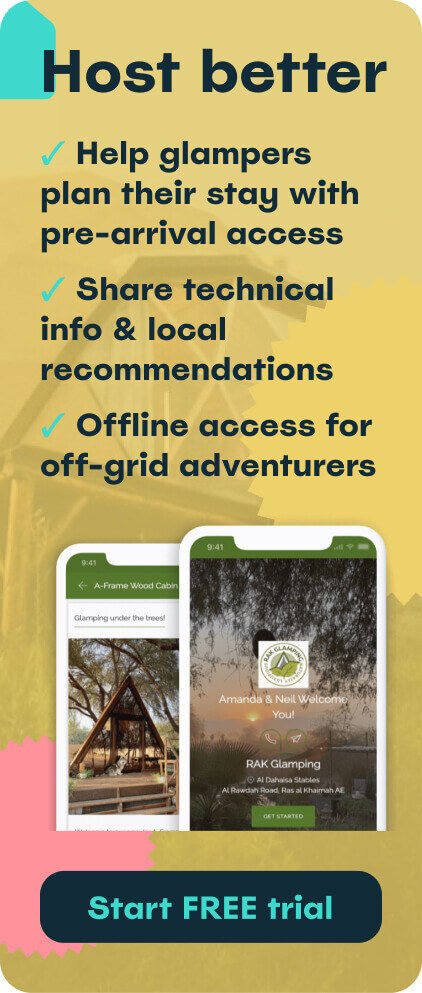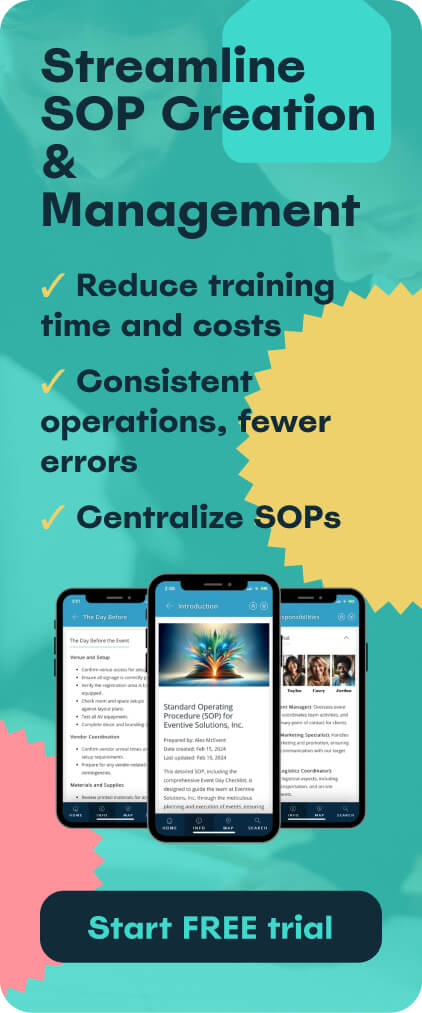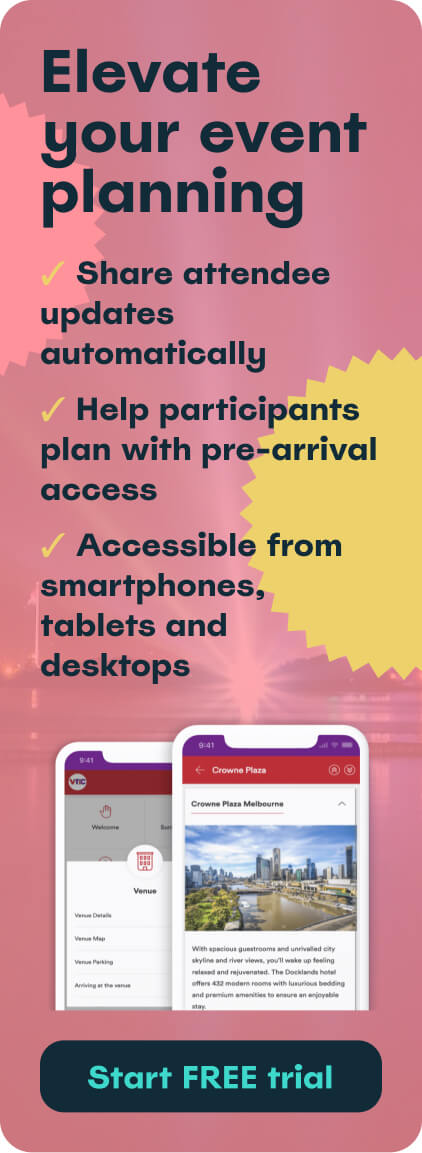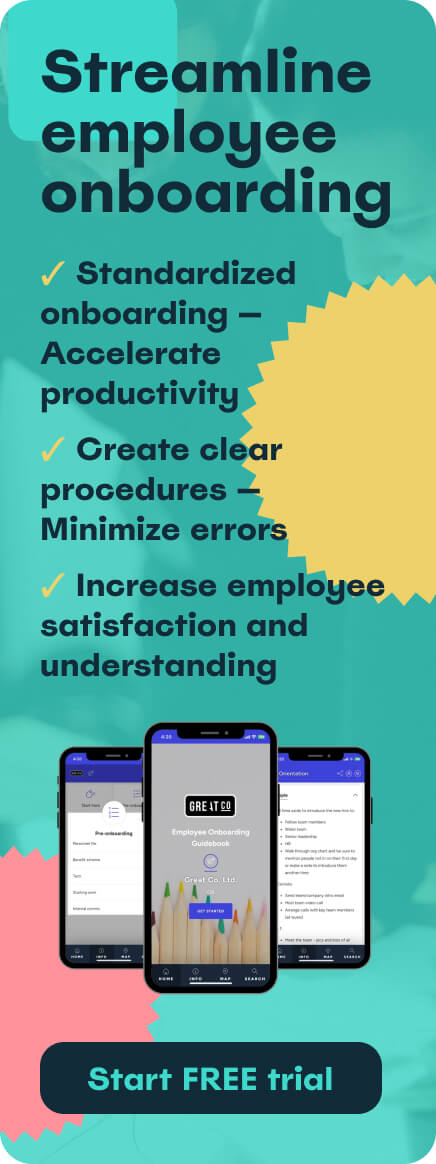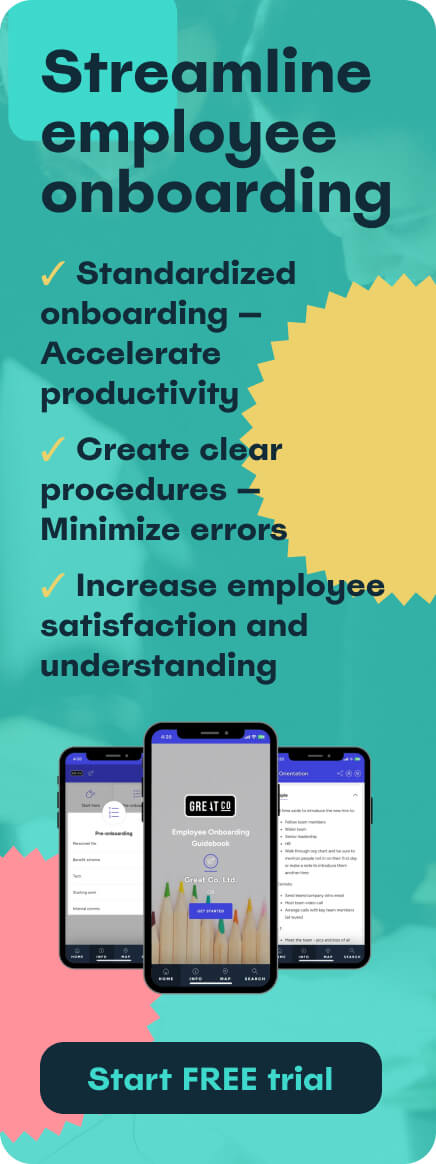In today’s fast-paced business environment, employee onboarding is one of the most critical factors determining long-term success. Get it right, and you welcome a productive, engaged, and loyal team member. Get it wrong, and you contribute to high turnover and wasted resources. For too long, this vital process has been bogged down by manual paperwork, endless repetitive emails, and confusing first days.
The good news? The solution isn’t just to try harder - it’s to automate.
This comprehensive guide will explore:
- What is employee onboarding automation?
- Why is employee automated onboarding important?
- Key features of employee onboarding automation
- How to automate the employee onboarding process?
- How long does it take to implement automated onboarding?
- 10 tips on how to automate employee onboarding
- 3 examples of successful onboarding automation
- Frequently asked questions
What is employee onboarding automation?
Employee onboarding automation refers to the use of software and digital platforms to streamline, standardise, and execute repetitive tasks associated with welcoming a new employee. This isn't just about replacing paper forms with digital ones; it's about setting up a series of logical workflows that trigger tasks, share information, and connect departments without continuous manual intervention.
Automation transforms the tedious, administrative side of onboarding: the forms, the IT setup requests, the training scheduling, into a seamless, hands-off operation. This allows HR professionals and managers to concentrate on the human elements that truly matter: cultural integration and mentorship.
Manual onboarding vs. automated onboarding
Understanding the contrast between traditional, manual onboarding and a modern, automated approach highlights the necessity of change. Manual systems rely heavily on human action and scattered documents, making them inherently prone to inconsistency and error. Automated systems use smart technology to create a single source of truth, managing all aspects of the process from pre-boarding to the first 90 days.
| Feature | Manual onboarding | Automated onboarding |
| Document management | Paper forms, scanned documents, scattered network drives | Digital forms, e-signatures, centralised cloud storage, automated compliance tracking |
| Workflow triggering | HR/Manager manually emails reminders and checks off steps on a spreadsheet | System automatically sends reminders, triggers tasks for IT and Payroll, and progresses the new hire based on completed actions |
| Information delivery | Large, overwhelming packet/binder, scattered links | Phased delivery via a digital guidebook or portal, accessible on any device, providing "just-in-time" information |
| Time investment | High: HR can spend hours per new hire on administrative duties |
Low: HR focuses on exceptions and strategic human interaction, saving substantial time |
Why is employee automated onboarding important?
The shift to automated onboarding is not just an efficiency upgrade; it is a strategic business decision. Manual processes are often clumsy and confusing, which directly contributes to early employee dissatisfaction and attrition.
Boosting efficiency and saving time
The primary benefit is the radical improvement in efficiency. In a manual process, HR staff spend countless hours on administrative tasks like chasing signatures and coordinating access. This time drain prevents HR from engaging in more strategic work.
Enhancing the employee experience
A clumsy, confusing, or paper-heavy welcome signals an inefficient organisation. Conversely, a smooth, professional, and digital-first process demonstrates respect. Automated onboarding enables HR to deliver a consistent, high-quality, and personalised experience to every person. Using a digital guidebook, like those made by Touch Stay, is key to this, as it acts as a single, accessible repository for all essential information.
Ensuring compliance and accuracy
Compliance is non-negotiable. Misplaced forms or errors in payroll data due to manual entry can lead to serious legal and financial risks. Automation provides a rigorous, auditable trail: every form is completed, every policy is digitally signed, and the data is automatically synced with the HRIS, virtually eliminating transcription errors.
Improving employee retention
Employees who feel supported, well-informed, and integrated are far more likely to stay. When automation handles the logistics, managers have more time to dedicate to mentorship and cultural immersion, the aspects that truly bind a person to the company.
Scaling your business
As a business scales, its onboarding needs grow exponentially, making manual processes unsustainable. Employee onboarding automation provides the necessary structure and scalability. Automated workflows can handle an unlimited volume of new hires with no drop in quality or consistency, ensuring that growth is not hampered by administrative bottlenecks.
Take the first step towards transformation. Sign up for a free trial and start building your first digital guidebook today.
Key features of employee onboarding automation
A robust onboarding automation platform incorporates several core features designed to handle complexity and deliver efficiency for the new employee, HR, and their line manager.
Automated workflow triggers
These are the 'brains' of the system. Once an event occurs (e.g., offer letter signed), the system automatically triggers a chain of events, such as notifying IT to set up access, alerting Payroll to initiate data collection, and sending a welcome email with a link to the digital guidebook.
Digital document signing and management
This feature allows all necessary contracts, policy acknowledgements, and regulatory forms to be signed digitally (e-signatures). Once signed, documents are automatically categorised and filed securely in the employee's digital record, ensuring compliance and easy retrieval for audits.
Integration with existing HRIS and payroll systems
Effective automation requires seamless communication with your core HR software. Integration ensures that data entered by the new employee once (e.g., bank details) is automatically transferred to the HRIS and payroll systems, eliminating manual data entry and transcription errors.
Personalised onboarding journeys
An automated system allows for customisable workflows based on role, department, or location. This ensures a remote sales director receives a different set of tasks, equipment, and training materials than an in-office finance assistant, providing a tailored, relevant experience.
Communication and notification scheduling
Automation software handles the necessary 'nudges' and reminders. It can automatically send reminders to the new hire to complete tasks, and notifications to the line manager about scheduled check-ins, preventing tasks from falling through the cracks.
How to automate the employee onboarding process?
Automating your onboarding process requires planning and a clear vision. It’s a project that touches multiple departments, so a structured, step-by-step approach is essential for a successful transition.
Define and map your current process
Before you automate, you must audit your current system. Document every step from offer acceptance to the 90-day review. Identify where tasks get stuck (bottlenecks) and who is responsible for each step.
Select the right automation tools
Your toolset dictates the quality of your automation. While a comprehensive HRIS may have built-in modules, smaller businesses might use dedicated automation software or platforms designed for easy content delivery. For structure and reduced questions, a platform like Touch Stay, which creates intuitive digital guidebooks, is an invaluable addition.
Configure your workflows and content
Translate your mapped process into digital workflows. Convert paper forms into digital templates with e-signature capabilities. Critically, consolidate all company information, training materials, and SOPs into a single, user-friendly digital guidebook. Structure this content logically to ensure it is consistent and easy to find.

Ready to revolutionise your employee onboarding process?
Test, launch and gather feedback
Before rolling out the system company-wide, conduct thorough testing. Run a pilot programme with a small group of new hires to test all triggers and data flow. Immediately survey new hires and managers on their experience, using the feedback to refine the workflows and improve the content in your digital guidebook.
How long does it take to implement automated onboarding?
The timeline for implementing automated onboarding varies significantly based on the size of the company and the complexity of its processes. For small to medium-sized enterprises (SMEs) using dedicated digital platforms and simple HRIS integrations, a foundational system can be built and launched within 4 to 8 weeks. For larger enterprises with legacy systems, implementation can take three to six months or longer, primarily due to deep system integrations and extensive content creation.
10 Tips on how to automate employee onboarding
Implementing an automated process requires strategy. Follow these ten practical tips to ensure your automation project is a success and delivers a truly modern, engaging experience.
1. Start small and iterate
Focus on the most repetitive, time-consuming steps first, such as pre-boarding paperwork and IT requests. Prove the value of automation quickly, then expand to cultural immersion and training modules.
2. Prioritise the user experience (UX)
Ensure the digital interface, the employee's portal or digital guidebook, is intuitive, mobile-friendly, and simple to navigate. A complex system defeats the purpose of saving time.
3. Use digital guidebooks to reduce questions
Integrate a platform like Touch Stay. By putting all necessary resources (FAQs, policies, contact details) into an accessible, searchable digital guidebook, you drastically reduce questions for HR and managers.
4. Humanise the automation process
Automation should handle the logistics, but humans must deliver the warmth. Ensure automated emails use personalised language and clearly signpost the new hire's human contacts (buddy, manager, HR lead).
5. Automate IT provisioning tasks
Work with your IT department to automate the creation of user accounts, email addresses, and equipment allocation. This ensures the new starter has a working laptop and necessary access from day one.
6. Integrate with a single source of truth
Avoid data silos. Ensure your automation tool is connected to your HRIS/ATS so that data only needs to be entered once, eliminating manual data reconciliation between systems.
7. Build ‘just-in-time’ workflows
Schedule tasks and content delivery based on the new hire's progress. Instead of overwhelming them with a huge checklist on day one, assign tasks and training materials as they become relevant.
8. Appoint a cross-functional champion
Successful automation requires buy-in from multiple departments (HR, IT, Legal). Appoint a project lead who can bridge these silos and drive the project forward efficiently.
9. Capture policy acknowledgement digitally
Use e-signatures and digital checklists to ensure compliance policies (e.g., GDPR, Health & Safety) are read and acknowledged. This creates an immediate, auditable trail.
10. Don't forget the manager's experience
Automate the manager's checklists too, ensuring they are reminded to set up team introductions, schedule check-ins, and prepare their team before the new starter arrives
3 examples of successful onboarding automation
Companies worldwide are leveraging employee onboarding automation to achieve measurable results in productivity, compliance, and retention.
Google: The power of ‘nudges’
Google’s "Noogler" programme uses automation to deliver "just-in-time" information. Managers receive automated emails the Sunday before a new hire starts, reminding them to complete five specific preparation tasks. This simple automated ‘nudge’ system has been found to increase a new hire’s time-to-productivity by 25%.
Netflix: Culture integration via digital assets
Netflix focuses on integrating new hires into its unique culture of "freedom and responsibility." Their automated onboarding ensures the culture deck, a detailed digital document explaining their operating philosophy, is delivered immediately. By automating admin tasks, Netflix frees up managers to focus on reinforcing cultural values, contributing to low staff turnover.
Zapier: Saving over a year of HR admin
Zapier automated calendar scheduling, equipment requests, and internal notifications for their remote, global workforce. Their Onboarding Manager reported saving an estimated year and a half of manual working hours over a few years. This efficiency gain allowed the manager to focus solely on the human experience, like mentorship pairings.
Frequently asked questions
As companies transition to a digital, automated environment, several common questions arise concerning the scope and implications of this shift.
Nearly all transactional and informational processes can be automated. This includes pre-boarding (offer letter generation, equipment ordering), Day One tasks (IT account creation, digital document signing), and post-hire follow-ups (30/60/90-day check-in reminders, training assignments).
The ‘five C’s’ provide a framework for a holistic onboarding programme: Compliance (rules and policies), Clarification (role and expectations), Culture (values and norms), Connection (interpersonal relationships), and Check-back (consistency and continuous review).
No, onboarding should never be fully automated. Automation is excellent for transactional tasks (forms, access), but the most successful programmes blend efficiency with humanity. Automation handles the logistics so humans can focus on the personal welcome, mentorship, and cultural integration.
Absolutely. Automation offers proportionally greater benefits to small businesses, where HR teams are often minimal. Tools like Touch Stay for resource distribution or low-cost workflow platforms can be implemented quickly to save administrative time, giving small teams the capacity to scale efficiently.
The two most frequent challenges are system integration (getting new software to 'talk' to older HRIS or payroll systems) and content migration (converting years of scattered documents and policies into a single, cohesive, and user-friendly digital guidebook).
Success is typically measured against key metrics: reduced administrative hours spent per new hire, faster time-to-productivity, improved compliance rates (e.g., forms completed on time), lower attrition rates in the first year, and high new hire satisfaction survey scores.
Ready to start automating? Transform your first impression from a stack of forms to a seamless, digital journey.
and start crafting the ultimate employee guidebook.

Ned
Ned has clocked up over 11 years in digital marketing and comms, with a strong focus on creating engaging content for a range of brands and agencies. When he’s not writing, he can be found digging for records, peering through his telescope at the night sky, or onboard his local lifeboat where he volunteers as a crewmember.
Be the first to know!
Join our newsletter for early access to:
- ✅ Free guides
- ✅ Pro tips & tricks
- ✅ Time saving tutorials
- ✅ Latest blog posts
- ✅ Checklists & templates

